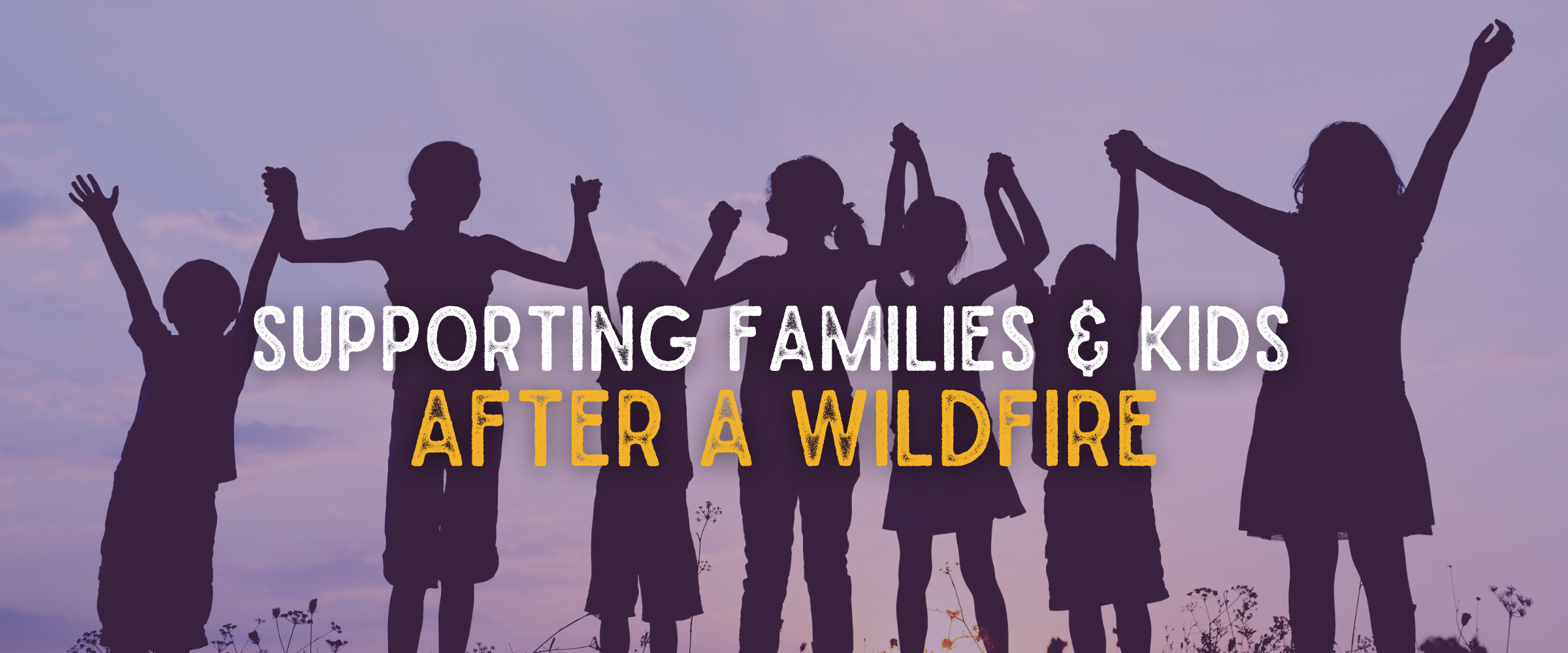
We want to begin by expressing our deepest concern and sympathies for everyone affected by the recent LA wildfires. Our hearts go out to the families who have experienced loss, the tireless first responders, and the communities navigating the overwhelming challenges of recovery. Please know you are in our thoughts, and we stand with you as you process and rebuild.
In times like these, we recognize how crucial it is to provide families with the resources and tools to support their children emotionally and mentally. Wildfires can leave a lasting impact on a child’s sense of safety and well-being. As caregivers, you can help your children process their feelings, regain stability, and build resilience. Here are some ways to offer that support:
1. Create a Safe Space for Emotions
Encourage your children to share their feelings. Whether they’re afraid, sad, or even angry, letting them express themselves helps them process what they’ve experienced. Reassure them that it’s okay to feel a mix of emotions.
Tip: Use open-ended questions like, “How are you feeling about what happened?” or “What was the hardest part for you?
2. Stick to Routines
Re-establishing familiar routines can provide comfort and a sense of normalcy. Even if you’re in temporary housing, try to maintain regular meal times, bedtime rituals, and family traditions to help your kids feel grounded.
3. Offer Age-Appropriate Information
Kids are naturally curious, and they may have questions about wildfires. Be honest, but keep explanations simple and age-appropriate. For younger children, focus on safety and reassurance, while older kids may need more detailed discussions.
Example for young children: “The fire is gone now, and we’re safe. The firefighters worked hard to protect us.”
4. Highlight Helpers and Resilience
Stories of firefighters, community volunteers, and neighbors coming together can inspire hope and show children the power of collective support. Encourage them to look for ways they can help too, like writing thank-you notes to first responders.
👉 Download the Letter Template
5. Utilize Resources
There are many tools available to help families navigate post-disaster recovery. From mental health support to community assistance programs, these resources can make a big difference.
- Here for Each Other
A 10-page guide from SesameWorkshop.org.
What’s Inside: Strategies to help families navigate the emotional challenges of recovery after a fire.
👉 Download the PDF - Talking to Children About Wildfires
A 2-page resource from the American Academy of Child & Adolescent Psychology.
What’s Inside: Simple and age-appropriate ways to discuss wildfires and natural disasters with children.
👉 Get the Guide - Parent Guidelines for Helping Children
A 3-page PDF from the National Child Traumatic Stress Network.
What’s Inside: Practical advice for supporting children emotionally after experiencing wildfires.
👉 View the Guidelines - Trinka and Sam: The Big Fire
A 49-page picture book for families, with a caregiver guide included.
What’s Inside: A heartfelt story to help children process their emotions, and guidance for caregivers to use the story effectively.
👉 Read the Book
6. Lead by Example
Children often take cues from adults around them. Demonstrate healthy coping strategies by sharing your feelings and showing how you deal with stress constructively. Modeling resilience can help them feel more secure.
We’re Here for You
Recovering after a wildfire is a journey, but you don’t have to go through it alone. Together, we can help children feel safe, supported, and hopeful for the future. To everyone impacted by the LA wildfires: please know that our thoughts and support are with you as you rebuild your lives. We stand with you in solidarity, compassion, and hope.
Let’s rebuild not just homes, but a sense of hope and strength for our kids.
